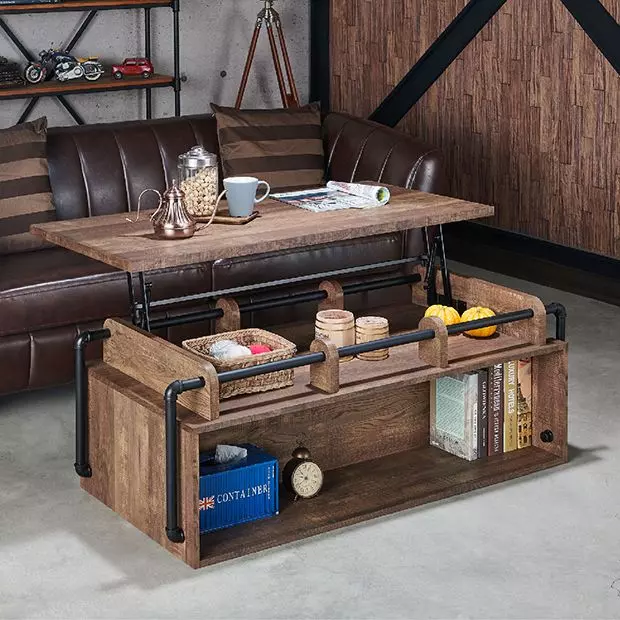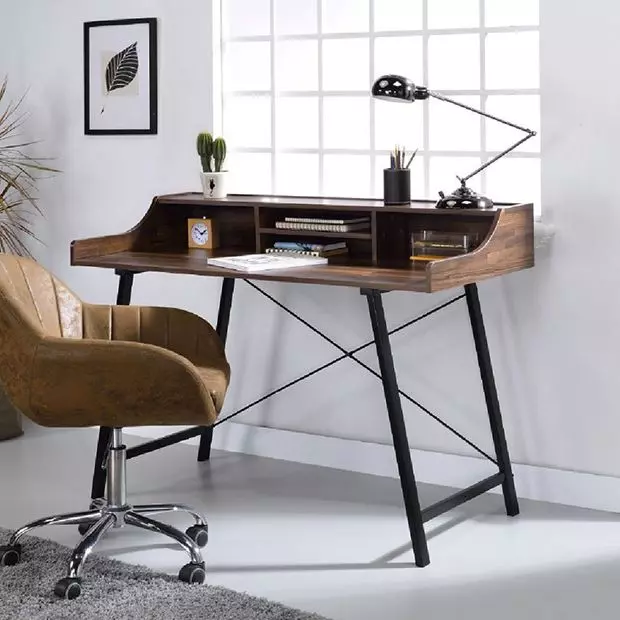
A successful marketing strategy for modular furniture
A product will face many difficulties from design, R&D, production to sales.
Product Focus:
Product Focus:
1. Balancing appearance, functionality, and cost
Successful product design requires a balance between appearance, functionality, and cost. Designers should establish clear design goals and consider these three aspects throughout the design process. An attractive appearance may encourage consumers to purchase, but if the product is not practical enough or the cost is too high, it will be difficult to gain consumer trust. Therefore, considering these three factors and achieving balance during the design stage is crucial.
2. Properly scheduling the product design process
Product production involves multiple factories and suppliers, and any delay or error in any link may result in delivery delays. Maintain good communication with suppliers and factories and work closely to ensure that product design and production proceed as planned. In addition, it is recommended to allow ample buffer time at the beginning of cooperation to deal with potential issues.
3. Paying attention to the product testing phase
Ensure understanding of the product's specific requirements and inform the collaborating manufacturers in a timely manner. For example, if the product production requires specific temperature conditions, inform the manufacturer in advance to avoid affecting the overall progress. Conduct thorough testing of the product to ensure the quality and performance meet the requirements.
4. Emphasizing intellectual property
During the product design process, ensure not to infringe on others' patents and trademark rights. Search for relevant patents and trademarks on the Intellectual Property Office website to avoid legal disputes due to intellectual property issues. Ensure that the product design complies with relevant regulations and standards.
Considerations for the target customer group:
5. Setting reasonable prices
Product prices need to meet the needs of the target customer group. Collect information on the income levels of your target customers and the prices they are willing to pay, and refer to the market prices of competitive products to set appropriate prices for your product.
6. Emphasizing customer experience
Use your own product and consider different usage scenarios to ensure that you provide an attractive, easy-to-use, and durable product. User experience should be taken into account when designing, including usage time, location, and reasons.
7. Conducting consumer habit surveys
Understand consumer habits and preferences to provide suitable products for the target market. Design should be based on consumer needs rather than solely on the designer's preferences.
8. Properly promoting the product
Identify the competitive advantages of your product and show consumers how it meets their needs. Avoid over-promotion, as it can create unrealistic expectations, leading to returns and negative reviews. Word-of-mouth marketing is an important way to maintain the market vitality of your product, turning your consumers into loyal advocates of your brand. People-centric marketing strategies yield the quickest results.
Market trends:
9. Understand product certifications and local sales regulations
Ensure you are familiar with the standards and certifications of the product production environment, such as food safety regulations, to reassure consumers. Understand local safety certification requirements and whether you can obtain environmental certifications (such as LEED certification, Energy Star certification, etc.). Comply with regulations to avoid affecting sales channels and consumer preferences.
10. Keep up with the latest design trends
Consumers tend to choose the latest products because they believe they represent the best quality. Especially in technology products, pay attention to new design trends and update products and R&D directions in a timely manner to maintain industry competitiveness.
11. Accelerate product launch time
Consumers want new products to be quickly available, especially in the technology industry, where products may become obsolete rapidly. Learn to respond quickly to market changes, and if you can't speed up the design process, look for experienced manufacturers to collaborate and jointly address the ever-changing market demands.
In conclusion:
Successful product design requires a balance between appearance, utility, and cost, and setting reasonable prices. Key aspects include schedule management, testing, and intellectual property protection. Focus on customer experience and consumer habit surveys for the target customers to ensure suitable products are provided. Effectively promote and showcase competitive advantages to cultivate loyal brand advocates. Understand market trends, comply with certifications and regulations, track the latest design trends, and maintain competitiveness. Speed up product launches to meet consumer demand for new products. Cooperate with experienced manufacturers to respond to market changes. Product design and development require professional control, avoiding novice designers taking full responsibility. Choose appropriate partners to cover design, manufacturing, marketing, etc., to jointly create successful products.
Modular furniture requires effective marketing strategies. Slicethinner adopts diversified marketing strategies, attracting customers through online promotion, social media, physical displays, and partners. At the same time, it focuses on innovation and customer experience, providing competitive, high-quality modular furniture.


